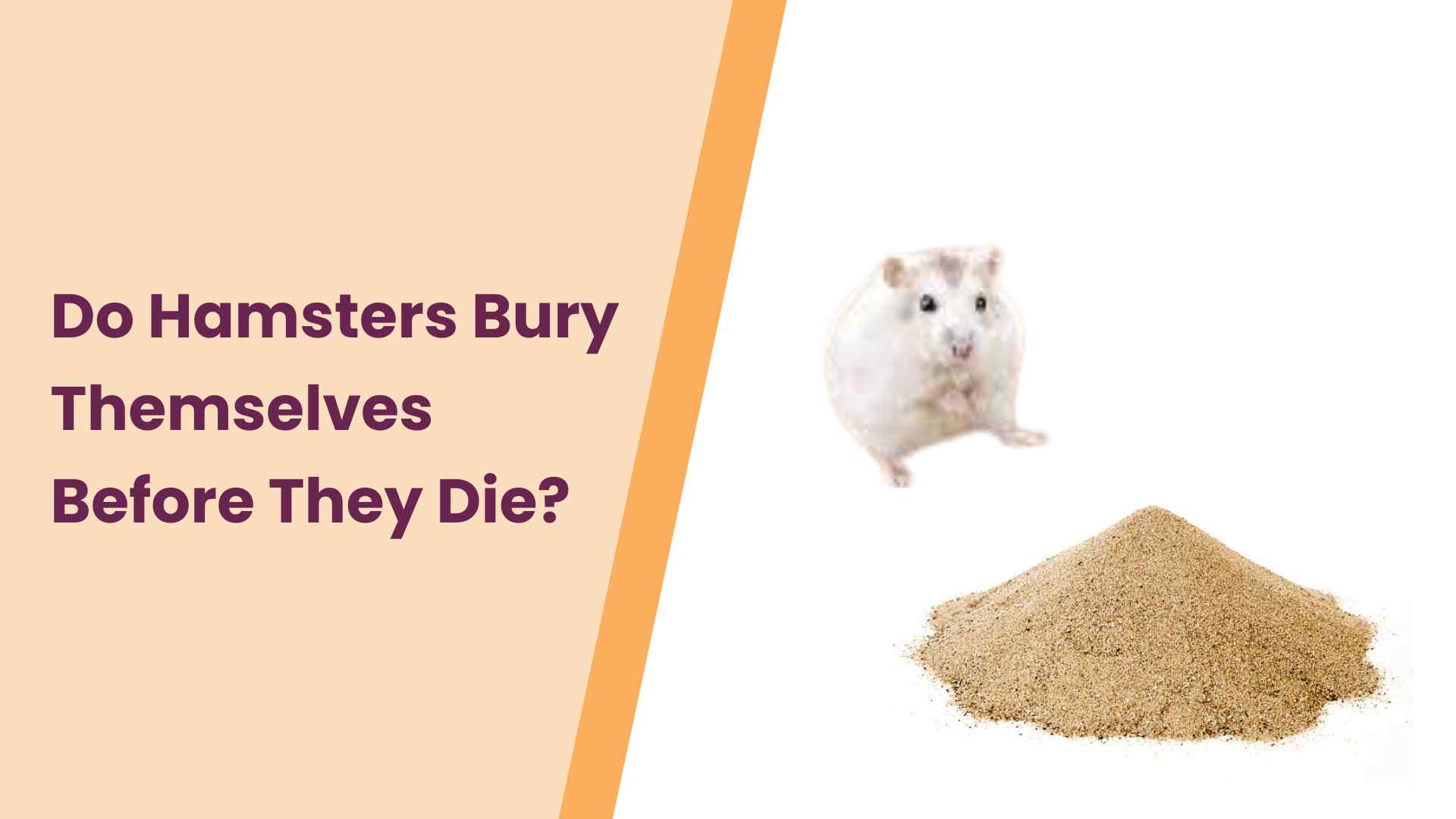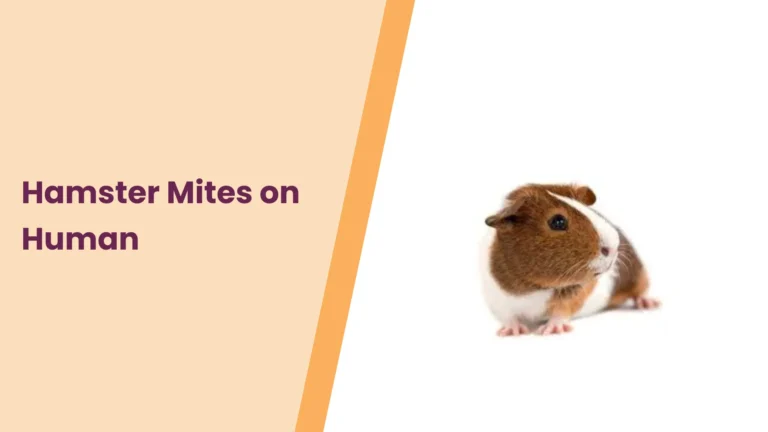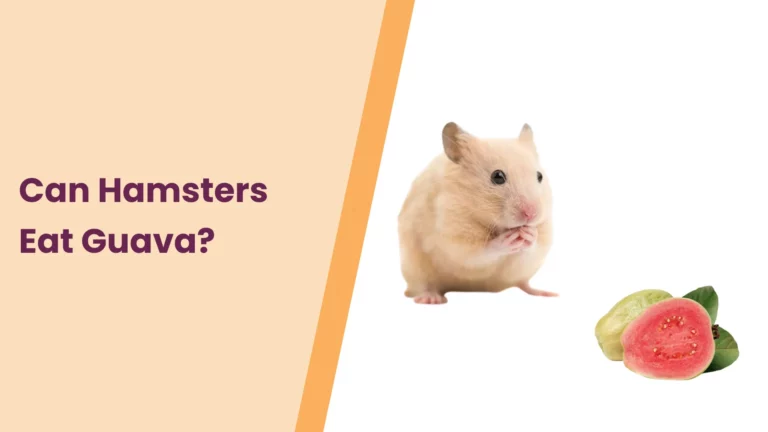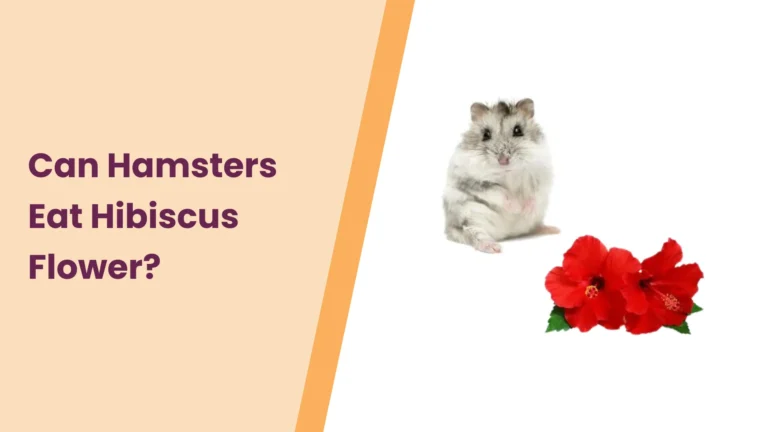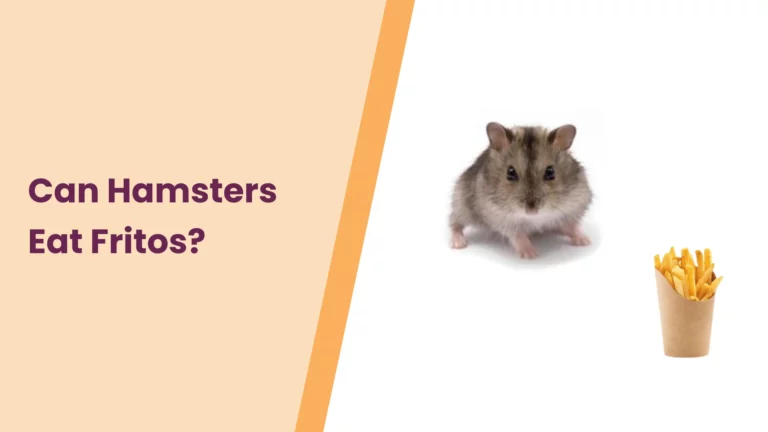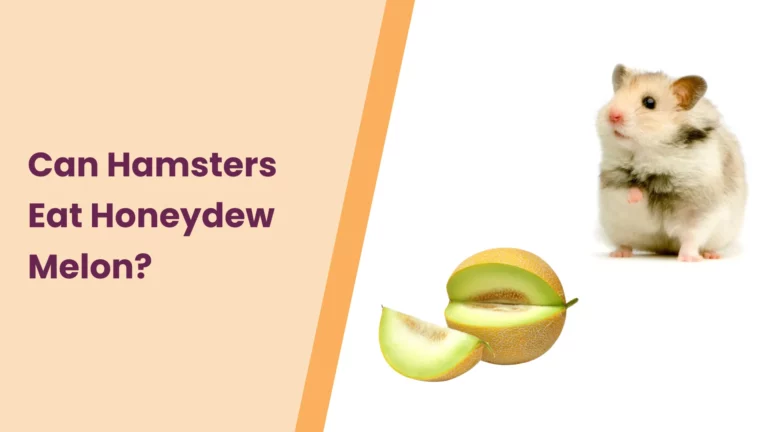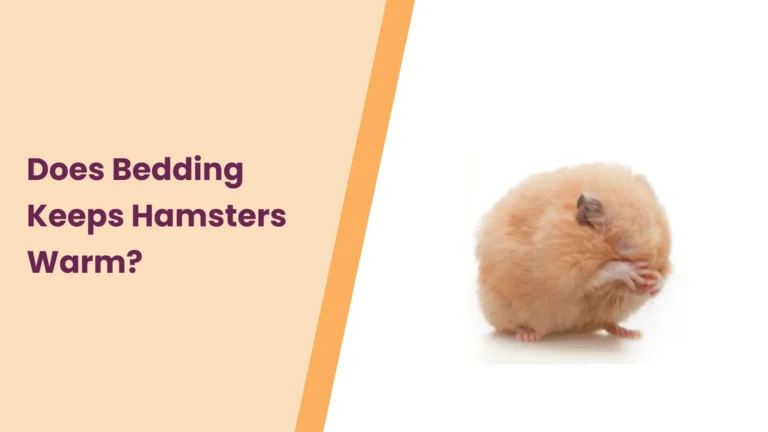Do Hamsters Bury Themselves Before They Die? Discover Now
Ever marveled at the quirky antics of your furry little hamster and found yourself wondering, “Do hamsters bury themselves before they die?” Hamsters, those pint-sized bundles of joy, are notorious for their unique behaviors that often leave us scratching our heads. In this exploration of the mysterious world of hamster habits, we delve into the question that has intrigued many pet owners. Is it a natural instinct for hamsters to bid farewell by burying themselves, or is there more to this curious behavior than meets the eye?
Buckle up as we unravel the secrets of hamster behavior, debunk myths, and gain a deeper understanding of our tiny companions.
Let’s embark on a journey into the heart of hamster care and discover the truth behind their endearing yet enigmatic actions.
Understanding Hamster Behavior
Hamsters, with their fluffy cheeks and twinkling eyes, are not only adorable but also fascinating creatures with a repertoire of behaviors that reflect their natural instincts. Before we delve into the intricacies of whether hamsters bury themselves before they bid us farewell, let’s first understand the foundation of their behavior.
Instincts and Habitats:
In the wild, hamsters are meticulous burrowers. They create intricate underground nests, carefully designed to provide shelter, warmth, and security. This burrowing instinct is deeply ingrained in their DNA, even if they reside in the comfort of our homes. Understanding this behavior is key to deciphering their actions, especially when it comes to the later stages of their lives.
Nesting Rituals:
Hamsters are not just burrowers; they are also expert nest builders. You may have noticed your hamster tirelessly arranging bedding, chewing on materials, and crafting a cozy retreat within its enclosure. This meticulous nesting behavior is an expression of their need for a safe and comfortable space, mirroring the protective environment of a burrow in the wild.
Hygiene and Grooming:
Hamsters are surprisingly clean creatures, often engaging in grooming rituals to keep their fur pristine. This behavior not only reflects their vanity but also serves a practical purpose – it helps regulate body temperature and removes unwanted scents that could attract predators.
By comprehending these natural behaviors, we gain insight into the essence of hamster life. Their burrowing, nesting, and grooming actions are not merely cute quirks but essential components of their well-being. Now, armed with this understanding, let’s explore whether the notion of hamsters burying themselves is rooted in their instinctual behaviors or if there’s more to the story.
Signs of a Dying Hamster
As devoted caregivers to these pocket-sized companions, it’s crucial to be attuned to the subtle cues that indicate our hamsters might be entering the twilight of their lives. While the prospect of saying goodbye is never easy, being aware of the signs can help us provide the comfort and support our furry friends need during this delicate time.
Changes in Behavior:
One of the first indicators of a hamster nearing the end of its life is a noticeable shift in behavior. An active and curious hamster may become lethargic, spending more time huddled in one spot or appearing disinterested in its surroundings. Paying attention to these behavioral changes allows us to respond with the care and compassion our furry friends deserve.
Altered Eating Habits:
A hamster’s appetite can speak volumes about its well-being. A sudden loss of interest in food or a significant decrease in eating can be indicative of underlying health issues. Monitoring their eating habits becomes crucial, as changes in appetite can signal the need for a vet visit or special attention in their final days.
Physical Changes:
Observing physical changes in your hamster is another important aspect of end-of-life care. Weight loss, difficulty moving, or labored breathing may become noticeable. Additionally, changes in fur quality, such as a lack of grooming or a disheveled appearance, can be signals that your hamster is in need of extra care.
Unusual Vocalizations:
While hamsters are not known for being chatterboxes, some may exhibit unusual vocalizations or distress calls when they are unwell. Listen for any atypical sounds, and if you notice anything out of the ordinary, it’s advisable to consult with a veterinarian for guidance.
As difficult as it is to witness these changes, being attuned to the signs of a dying hamster allows us to offer comfort and ensure their final days are filled with love and care. Now that we’ve explored these indicators, let’s delve deeper into the relationship between a hamster’s end-of-life behavior and the seemingly mysterious act of burying themselves.
Burrowing Behavior in Hamsters
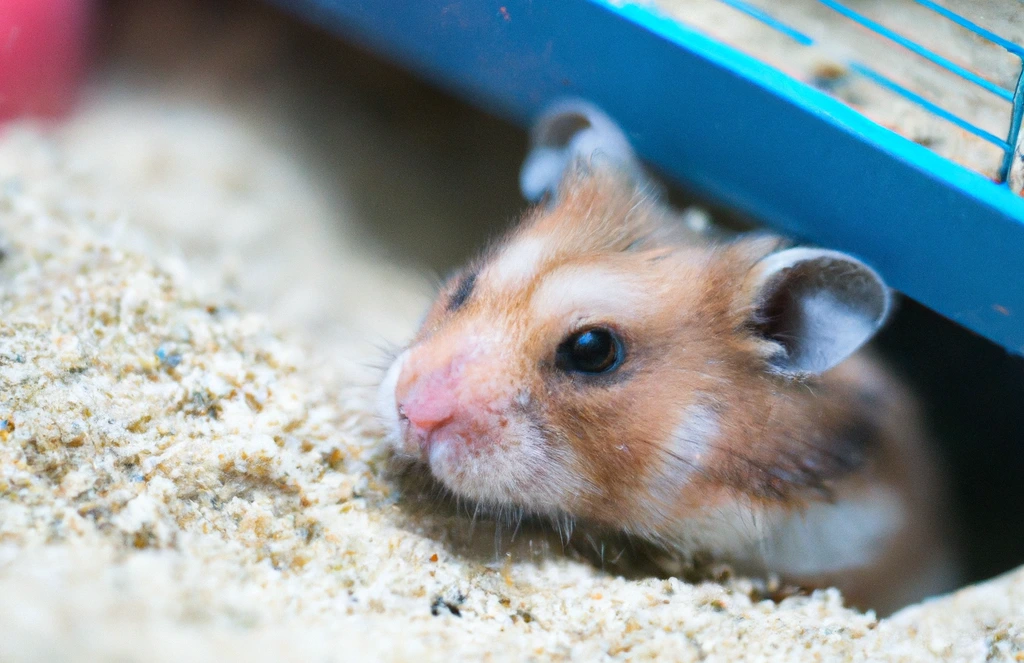
The art of burrowing is a fundamental aspect of a hamster’s nature, deeply rooted in their instincts and shaped by their wild ancestry. Understanding why hamsters burrow sheds light on the perplexing question of whether these small creatures bury themselves as they approach the end of their lives.
Evolutionary Roots:
In the wild, hamsters are nocturnal creatures that navigate a complex network of burrows and tunnels for both safety and survival. This instinctual behavior is ingrained in their DNA and has been honed over generations as a means of protection from predators and the elements.
Nesting Instincts:
Burrowing is not solely about creating subterranean hideaways; it’s also intricately linked to the hamster’s nesting instincts. These industrious creatures utilize their burrows as safe havens for giving birth and raising their young. The act of burrowing is a testament to their commitment to providing a secure and nurturing environment for their offspring.
Comfort and Security:
In a domestic setting, the burrowing behavior persists as hamsters recreate their ancestral instincts in their enclosures. Burrowing isn’t merely a practical necessity; it’s an expression of comfort and security. Hamsters derive a sense of safety from burrowing into their bedding, mimicking the cozy embrace of a burrow in the wild.
Stress Reduction:
Beyond the practical aspects, burrowing serves as a stress-relief mechanism for hamsters. When faced with changes in their environment or moments of anxiety, they retreat to their burrows for solace. This behavior is particularly noteworthy when considering the potential stressors associated with old age or illness.
As we unravel the layers of burrowing behavior, we gain insight into the intricate world of hamster instincts. Now, armed with this knowledge, we can better appreciate the nuances of their behavior, especially when it comes to the question of whether hamsters bury themselves before bidding adieu. This burying behaviour cannot be indicated as a dying sign.
Let’s continue our journey into the heart of hamster care and dispel the mysteries that surround their unique behaviors.
Know more about the Signs of a Stressed Hamster
Misconceptions about Hamster Burial
In the realm of hamster care, certain misconceptions can add a layer of mystery to the already intriguing behaviors of these small, furry companions. One such misconception revolves around the notion that hamsters bury themselves as a prelude to their final farewell. Let’s debunk these myths and separate fact from fiction.
Understanding Comfort Behaviors:
It’s crucial to recognize that hamsters engage in a variety of comfort behaviors throughout their lives. Burrowing, nesting, and grooming are not exclusive to moments of distress or impending demise; rather, they are consistent elements of a hamster’s daily routine. Assuming that burrowing is an ominous sign ignores the multifaceted nature of these endearing behaviors.
Normalizing End-of-Life Changes:
As hamsters age, their activity levels, dietary preferences, and overall behavior may undergo shifts. While these changes can be unsettling for pet owners, associating every alteration with an impending end may lead to unnecessary anxiety. It’s important to view these transformations through the lens of normal aging rather than jumping to conclusions about burial rituals.
Variability in Individual Behavior:
Just as humans exhibit unique personality traits, hamsters also display individual quirks and idiosyncrasies. Some may be more inclined to burrow frequently, while others may engage in this behavior sparingly. Assuming a universal pattern of behavior neglects the diversity among hamsters and can perpetuate misunderstandings about their actions.
Consulting Veterinary Experts:
If ever in doubt about your hamster’s behavior, consulting with a veterinary professional is the best course of action. Veterinarians specializing in small animal care can provide valuable insights into the specific needs and conditions of aging hamsters, dispelling misconceptions and offering tailored advice for their well-being.
By dispelling these misconceptions, we pave the way for a more informed and compassionate approach to hamster care. As we continue our exploration into the mysteries surrounding hamster behavior, let’s appreciate the uniqueness of each furry friend and embrace the diverse ways they express themselves in the comfort of our homes.
Conclusion
In the tapestry of hamster care, the enigma surrounding their behaviors, especially the notion of self-burial, finds clarity in understanding their natural instincts. Through this exploration, we’ve dispelled myths, embraced the uniqueness of each hamster, and navigated the delicate terrain of preparing for their end of life.
Remember, the act of burrowing is a testament to their evolutionary roots, a cozy retreat echoing the safety of wild burrows and not a dying sign. As we witness changes in behavior and approach the inevitable farewells, let’s celebrate the joy they’ve brought into our lives.
In moments of uncertainty, consult veterinary experts, share experiences within the community, and prioritize the well-being of your aging hamster. The journey of hamster care is a symphony of love, compassion, and understanding. With each squeak and burrow, our furry friends leave pawprints on our hearts, creating a melody that resonates long after they’ve crossed the rainbow bridge. Here’s to the tiny companions who enrich our lives, teaching us the profound lessons of love and care in the smallest of gestures.
“As we unravel the mysteries of hamster care, your experiences, insights, and questions are invaluable additions to our community. Have you observed unique behaviors in your hamster, or do you have tips on providing comfort in their later stages? Share your thoughts in the comments below! Your stories create a rich tapestry of knowledge that benefits fellow hamster enthusiasts. Don’t hesitate to join the conversation, ask questions, or offer your perspective.
If you found this exploration insightful, consider sharing it on your favorite platforms to spread the love for hamster care. Let’s build a vibrant community where every squeak, every burrow, and every shared story contribute to the collective wisdom of caring for these delightful furry companions. Your engagement makes this journey even more enriching, and we can’t wait to hear from you!”– HamsterPit

